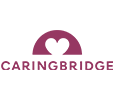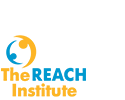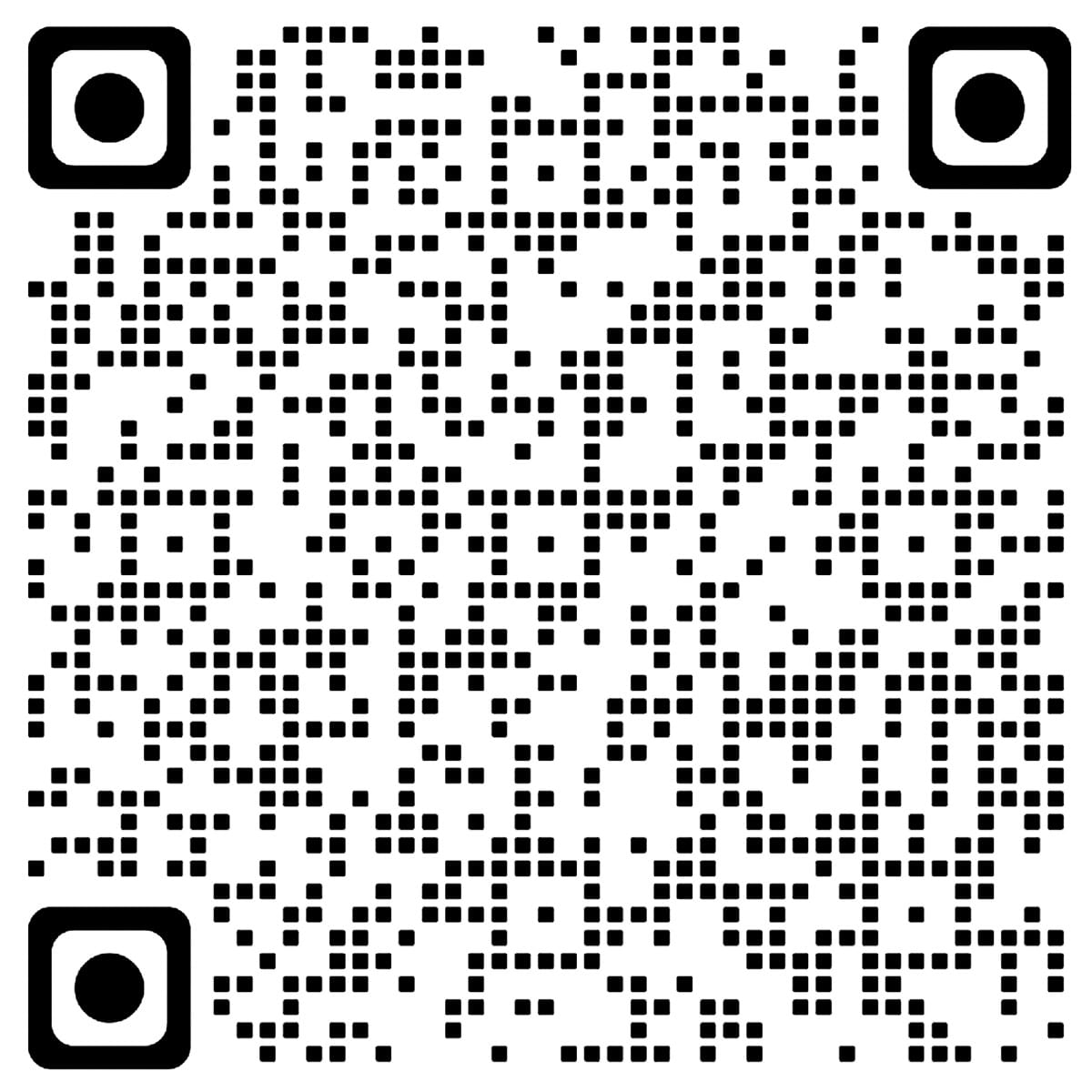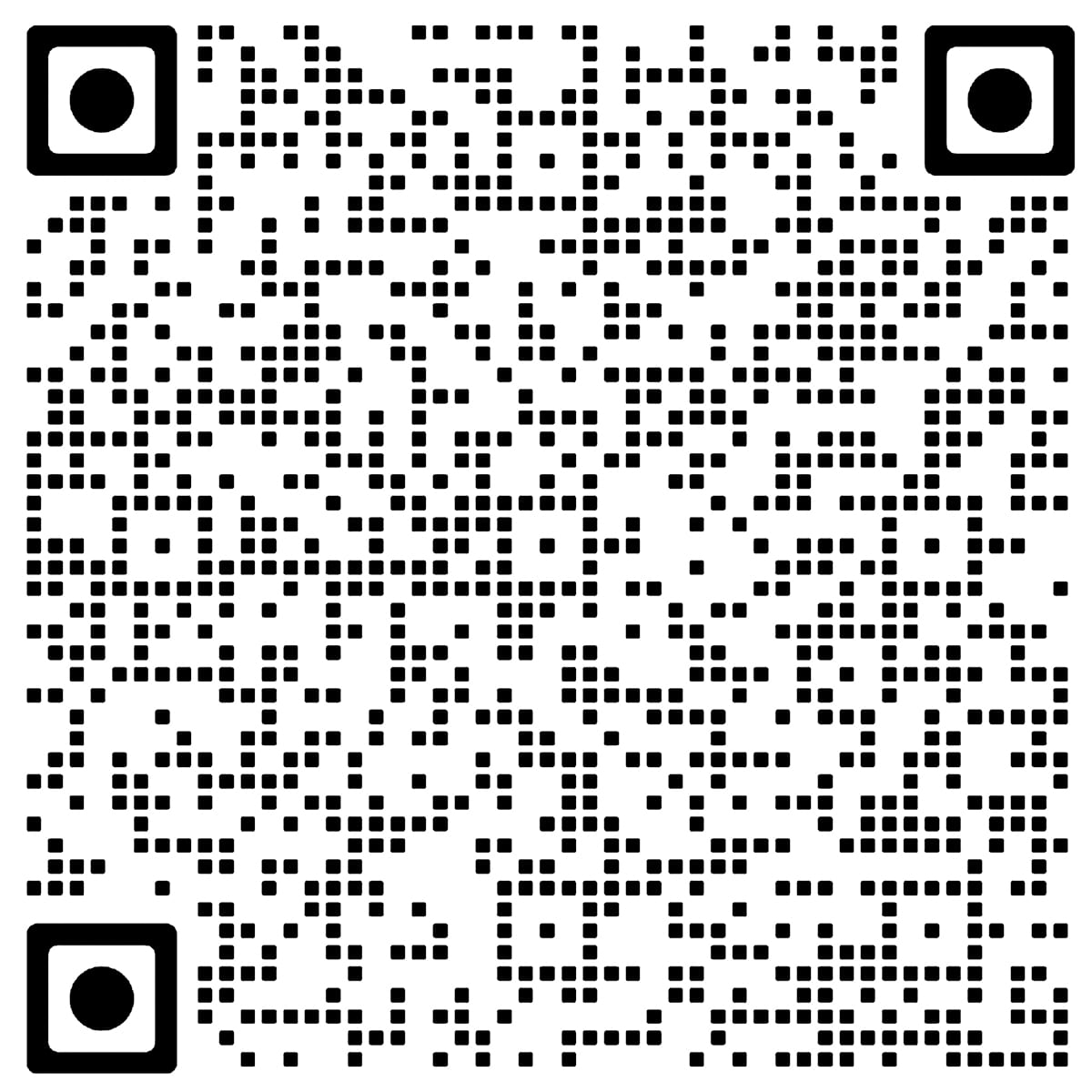Is a Blood or Marrow Transplant Right for You?
People with acute lymphoblastic leukemia (ALL) may have a range of treatment options available to them, including chemotherapy, targeted therapy, immunotherapy, surgery and radiation therapy. These options will vary depending on the patient’s ALL subtype, age, state of health and other prognostic factors.
A patient’s cancer care team may also recommend a blood or marrow transplant (BMT) to treat ALL. Sometimes called a bone marrow transplant or blood stem cell transplant, BMT replaces unhealthy blood-forming cells (stem cells) with healthy ones. For some people, BMT can cure their disease.
The decision to obtain a BMT is one that patients should discuss directly with their care team. However, ALL patients have another resource to help them navigate the process: Be The Match®. Be The Match is a global leader in bone marrow transplantation. It conducts research to improve transplant outcomes, provides support and resources for patients, and is part of a global network of partners. In 2021, Be The Match facilitated over 6,000 total transplants.
For the thousands of people diagnosed every year with life-threatening blood cancers like leukemia and lymphoma, a cure exists. Over the past 30 years Be The Match, operated by the National Marrow Donor Program® (NMDP), has managed the most diverse marrow registry in the world. Be The Match works every day to save lives through transplant.
How Does BMT Work for ALL?
Be The Match has a comprehensive website for people who want to learn more about BMT. According to the site, the most common type of transplant for ALL is an allogenic transplant. This type uses healthy blood-forming cells donated by somebody else to replace their unhealthy blood-forming cells. These healthy cells can come from a family member, unrelated donor or umbilical cord blood.
Before the BMT process, patients start with several days of chemotherapy, with or without radiation, to kill their unhealthy cells. Then, the healthy donated cells are given to the patient through an intravenous (IV) catheter. The new cells travel to the inside of the patient’s bones and begin to make healthy blood cells.
The entire transplant process, from the start of chemo or radiation, until hospital discharge, can last weeks to months. That is followed by many months of recovery near the transplant center and at home while the transplant team closely watches the patient to prevent and treat any side effects or complications.
Navigating the Transplant Process
Leah Christianson supervises patient navigators in Be The Match’s Patient Support Center. Her team provides free, one-on-one support to patients, their caregivers and loved ones from diagnosis through recovery and survivorship.
“We spend time with patients to answer their questions about transplant and help them address any barriers they may face,” said Christianson. “We help them understand what BMT is, how it works, what is required in terms of hospital stays and follow up care, and more. Much of what we do focuses on helping the patient come to terms with the unknowns and meeting their needs so they can feel comfortable with their decisions. Patients are always in control, and we always respect the patient’s choice of whether or not to use a service or resource.”
Christianson and her team of navigators and licensed social workers help ALL patients and their loved ones connect to educational materials including webinars, e-newsletters and cancer care guidelines. Group support for survivors and grieving loved ones is available by phone and online chat. Be The Match’s Peer Connect program helps patients connect with a trained transplant recipient or caregiver volunteers who have been through the process and can share their experience and tips. Navigators also help patients learn about financial resources and grants to help them pay for medical and other expenses during transplant, identify clinical trials that can help them and future patients, and find a transplant center near them.
Be The Match Registry
A cornerstone of Be The Match is its registry, which connects patients searching for a cure with bone marrow donors. It is the largest and most diverse donor registry in the world, with access to more than 39 million potential donors and nearly 806,000 cord blood units worldwide. The registry can be life saving for the estimated 70 percent of ALL patients who don’t have a fully matched donor in their family.
According to Christianson, a patient’s doctor can search the registry for potential donors that match the patient’s human leukocyte antigen (HLA) type. HLAs are special proteins found on the outside of a body’s cells. They act as markers to tell the body whether or not the cells belong, allowing the body’s immune system to accept them rather than fighting them off.
Christianson encourages everyone to consider becoming a BMT donor, even those who don’t have a family member directly impacted by the disease. She notes that for most donors, the BMT process is similar to donating platelets or plasma – a non-surgical procedure that takes a couple of hours with few side effects aside from a bit of tiredness. About 15 percent of donors will be asked to donate bone marrow. This is a surgical procedure done under anesthesia in which doctors extract the marrow from the donor’s hip bone. Upon waking, donors can expect to feel some tenderness in the site.
“BMT donation is not nearly as scary or difficult as it is portrayed on television,” Christianson said. “When we speak to BMT donors, we hear over and over again that they feel like heroes and would do it again in a heartbeat.”
More information about how BMT donation works can be found here.




















